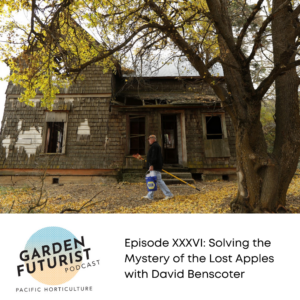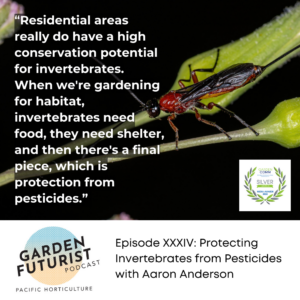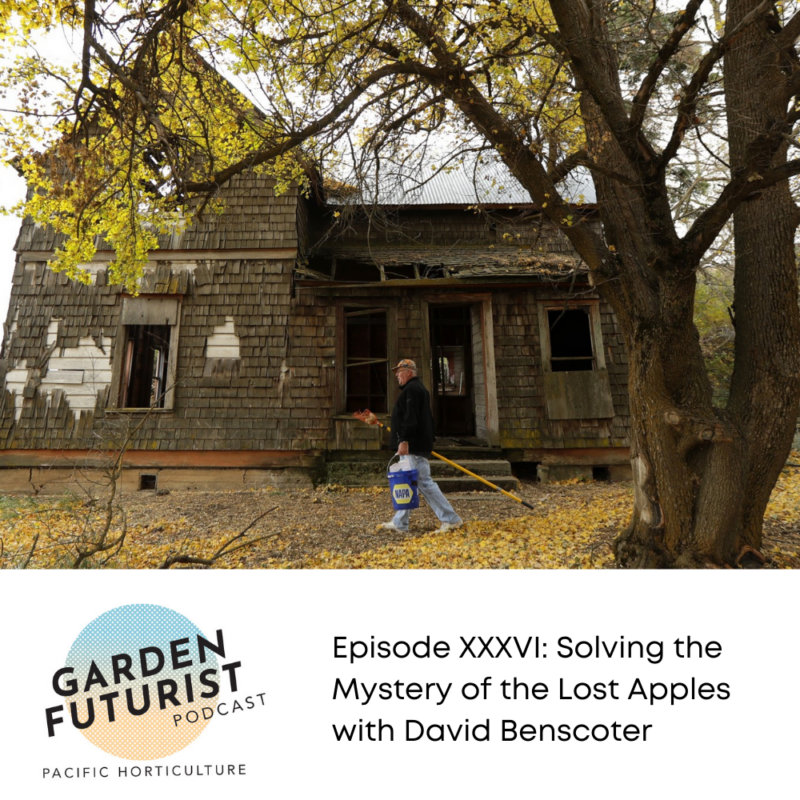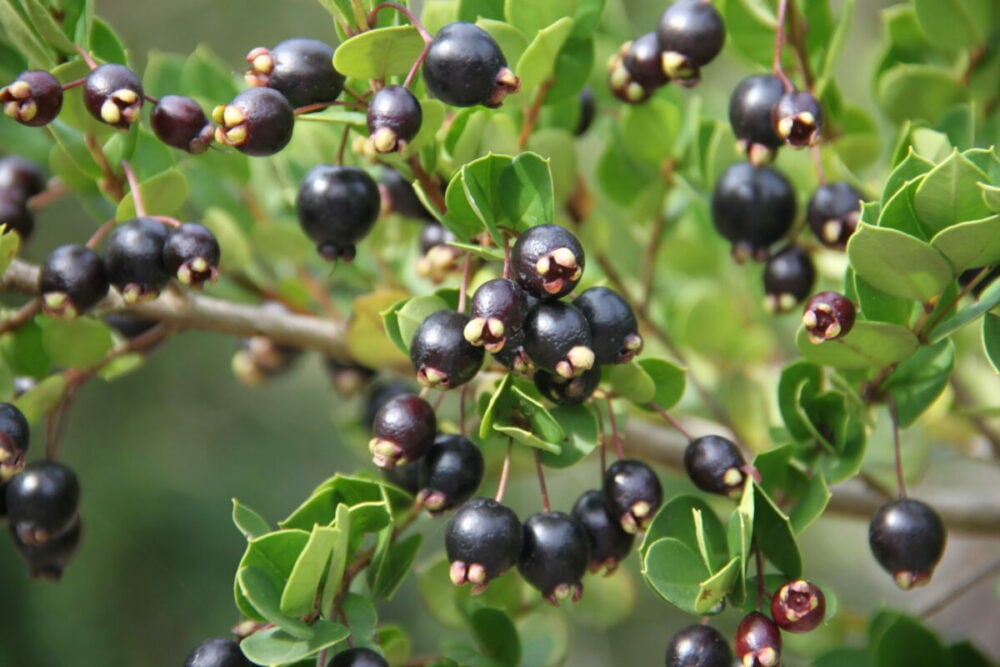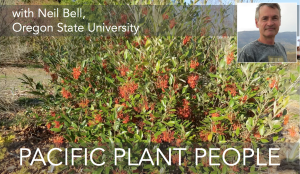

Contributor
- Topics: Archive, Nature is Good For You
Snail hunt anyone? Photo: Ethan Bodnar
Curious, intent, and filled with marvel: the state I fall into when I encounter an exquisite garden, or an average day in the life of a four-year-old.
Research reveals the importance of getting kids back outside. From unstructured play to literally getting dirty, the great outdoors is beneficial to their cognitive, emotional, and physical wellbeing. And let’s face it—it’s fun. From poking at “rolly-pollies” to picking peas, young children revel in the garden when allowed to; even teens are discovering natural wonders. Thank goodness for volunteer storytellers, innovative curriculum developers, and teachers willing to plant up plots—and cook—with school kids.
Just as critical as individual development, today’s wild child is tomorrow’s gardener, working horticulturist, and environmental steward. I’m thrilled to introduce Sam Decker, a young man I met last summer, to our Pacific Horticulture community. After reading the delightful conversation between Sam and Dan Hinkley, I think you’ll agree that horticulture has a bright rising star.
But now we’re grown. I hope ...
READ THE WHOLE STORY
Join now to access new headline articles, archives back to 1977, and so much more.
Enjoy this article for FREE:
Articles: Calochortophilia: A Californian’s Love Affair with a Genus by Katherine Renz
If you are already a member, please log in using the form below.



